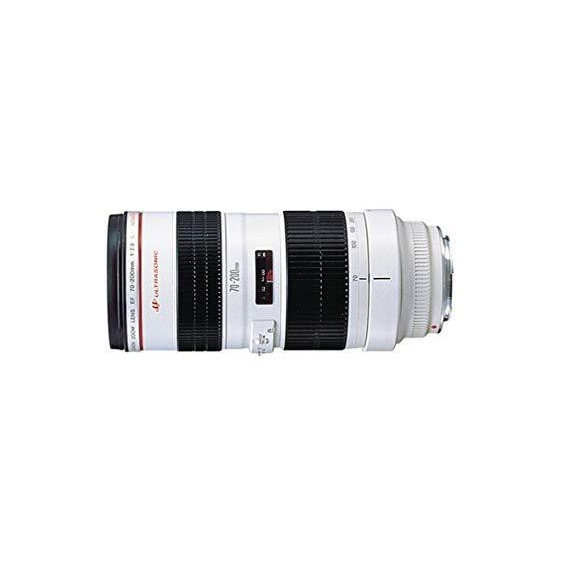Wigged Out Fat Guy
- Comment






